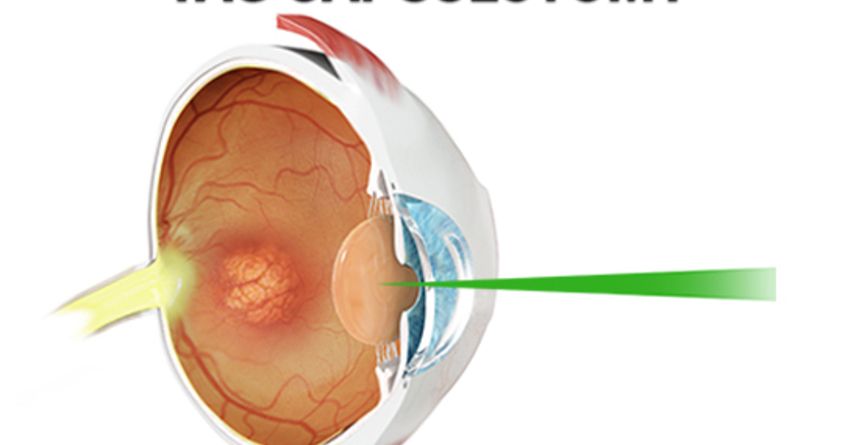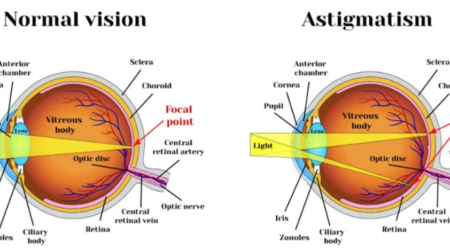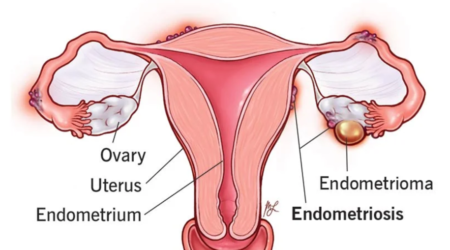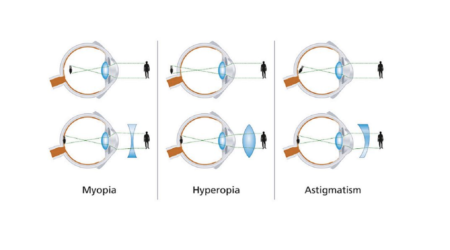What Is the Treatment for After-Cataract?
Getting cataract eye surgery is a life-changing experience, restoring clear vision and vibrant colours. But sometimes, even after successful surgery, cloudiness can develop behind the lens implant, known as posterior subcapsular opacification (PCO) or after-cataract.
However, the good news is that this condition can be effectively treated with a simple and efficient outpatient procedure called YAG laser capsulotomy.
In this blog, we will understand how posterior subcapsular opacification (PCO) occurs and how YAG laser capsulotomy helps to treat it. So, keep reading!
Understanding After-Cataract
First thing first, how posterior capsular opacification, aka after-cataract occurs.
During cataract surgery, the cloudy natural lens is replaced with a clear artificial one. This lens is placed over the lens capsule. Over time, tiny invisible lens cells that remained stuck to the capsule, start to grow and thicken, causing PCO and blurring your vision again.
If you experience a gradual blurring of vision, especially in bright light, it could be an after-cataract. Other symptoms include increased glare, halos around lights, and decreased contrast sensitivity. Don’t panic; these are usually mild and manageable.
Treatment for After-Cataract
YAG laser capsulotomy offers a straightforward solution to restore clarity and improve visual outcomes. It is a minimally invasive outpatient procedure that typically takes only 2 to 3 minutes, which means you can go on the same day of the procedure. It is a relatively safe and painless procedure.
During the after-cataract eye surgery, your ophthalmologist uses the YAG laser to create a small opening in the thickened and opacified capsule behind the artificial lens. This opening allows light to pass freely, restoring clear vision. The laser precisely cuts through the cloudy capsule without causing damage to the surrounding eye structures.
After-cataract treatment is typically a quick and effective procedure with a fast recovery time. Most patients see their vision improve within a day and can resume normal activities immediately after the procedure. You may experience mild discomfort like temporary blurry vision or may see a floating membrane in front of the eye, but these usually resolve quickly. You can recover your full vision within a few days.
However, in rare cases, especially for young people or children, the capsule might be exceptionally thick. In such situations, your eye specialist in Delhi might recommend a surgical capsulotomy, which involves using a small incision and surgical instruments to create the opening. This procedure is still minimally invasive but might require a slightly longer recovery time.
Benefits of YAG Laser Capsulotomy
Here are the benefits of YAG laser capsulotomy:
- Quick and painless procedure with no recovery time
- Safe and well-established procedure with minimal risk of complications
- Restores clear vision in most cases in a short time
- No overnight stay at the hospital is required
How to Manage After-Cataract?
While after-cataract can be frustrating, remember it’s a manageable condition. Here are some tips for managing it:
- Schedule regular eye exams with your ophthalmologist.
- Wear sunglasses to protect your eyes from glare.
- If you notice any changes in your vision after cataract surgery, contact your doctor immediately.
If you are looking for cataract eye surgery or after-cataract treatment, book your consultation with Dr Anisha Gupta, an experienced ophthalmologist, for early diagnosis and treatment.












Leave a Reply